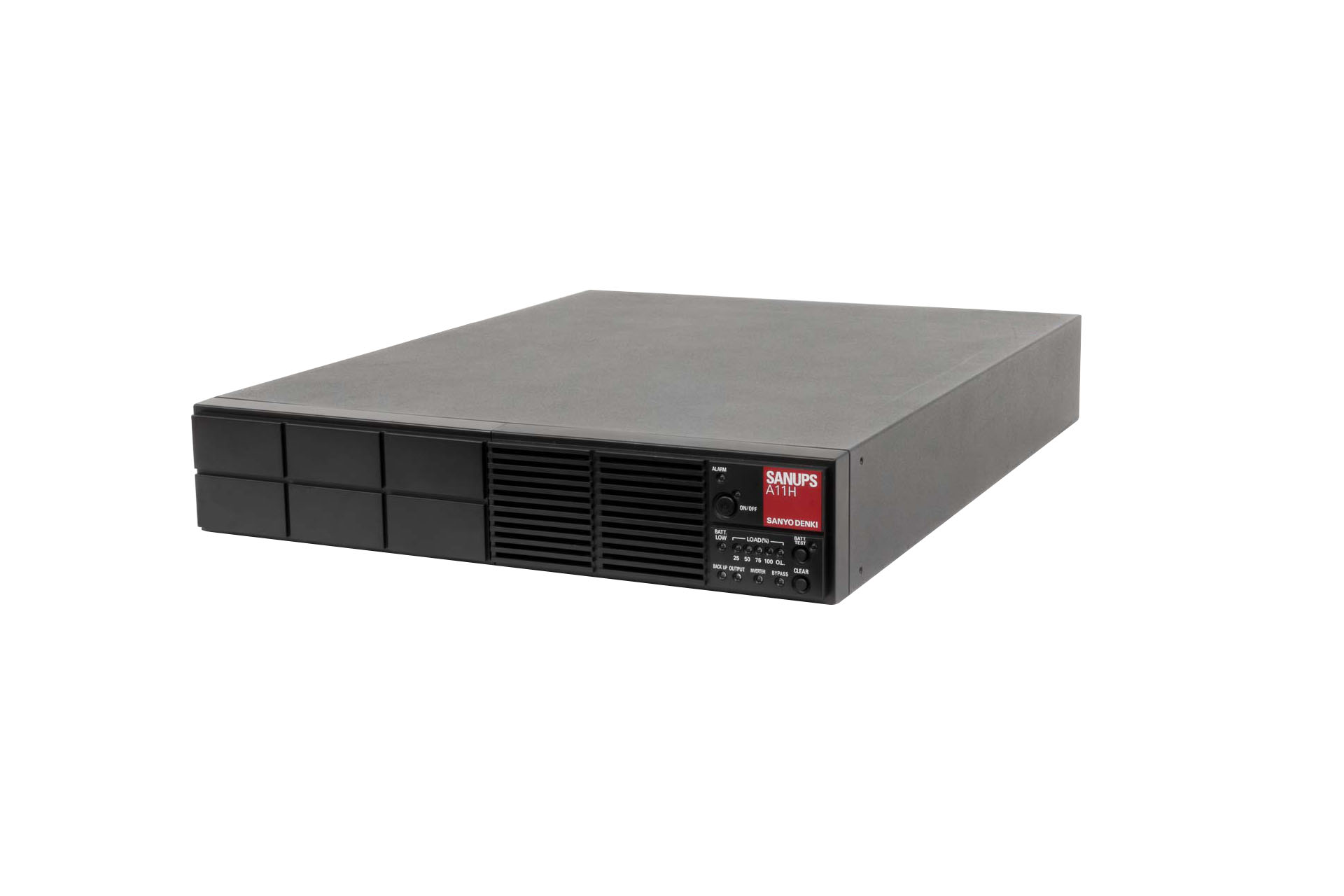
Depot repair is a comprehensive service provided by major companies to customers for repairing their products at centralized locations. Over the years, depot repair services have evolved significantly to provide enhanced customer convenience and product support. Let’s take a closer look at key aspects of modern depot repair services.
Evolution of Depot Repair Models
Traditionally, repair models involved consumers sending in defective products to manufacturers or authorized service centers. However, regular commutes for urban customers seeking repairs was inconvenient. To address this, companies started experimentation with mobile repair vans in the 1980s that would visit locations based on demand. This helped improve accessibility but maintaining fleet operations was challenging.
Gradually, companies shifted to centralized depot facilities that act as one-stop repair and refurbishment hubs. Products needing fixes are either shipped to depots or picked up through couriers. Consolidating repair infrastructure enabled standardizing procedures and optimizing resources for faster turnarounds. Today’s models integrate online interfaces for booking repairs, real-time status tracking, automatic recalls, and doorstep deliveries.
Benefits of Centralized Depot Services
Centralized depots deliver multiple advantages for both businesses and customers. For companies, it facilitates streamlining diverse repair functions under one roof with specialized teams, tools, and parts. Rigorous protocols ensure maintaining quality standards. Aggregated demand also boosts negotiation power with vendors.
Customers enjoy high convenience as products can be repaired without requiring visits to physical stores. Through digital solutions, the process from request to resolution is significantly simplified. Central depots also support scaling repair capabilities to match the company’s geographical and volume growth over the years without scattershot local expansion.
Cutting-Edge Depot Infrastructure
Modern depots are technology-driven infrastructure powerhouses focused on maximizing throughput and minimizing downtimes. Advanced triage systems quickly diagnose issues through integrated software. Automated assembly lines and robotics aid repair workflows involving disassembly, component replacement, testing and reassembly.
State-of-the-art areas house new equipment, consumables and spare parts inventory. Cloud-based systems facilitate seamless tracking of inventory levels, work orders and shipments. Ambient-controlled storage preserves parts quality. Quality control processes leave no room for human errors. Some depots even implement AI and machine learning tools for predictive maintenance and failure analysis.
Omnichannel Customer Experience
Today’s customers expect omnichannel care aligned with their preferences. Leading depot services offer self-service portals where users can lodge requests, track status and manage repairs according to chosen options – ship-in, courier pickup or store handover. Automated reminders keep users engaged at each stage.
Call centres and live chat support address queries promptly. Repair status notifications come through emails and text messages. Some services extend repairs to accidental damages as well through affordable protection plans. Others offer complimentary loaners during repairs to ensure productivity continuity.
Third-Party Collaboration Models
Large-scale operations encourage outsourcing non-core functions to capable third parties. Several depot facilities are managed through collaboration with specialized logistics, call centre or facilities management firms based on performance-linked contracts.
This shared services model helps concentrate internal teams on core repair areas while leveraging partner expertise. Third parties are chosen based on assessments of scale, processes, technology and service level commitments. Seamless integrations are imperative to synchronize front-end customer interfaces with backend repair workflows across entities.
Future of Depot Repair Services
Going forward, depots will explore alternate energy options, augmented reality applications in training, modular capacity enhancements, and predictive diagnostic technologies. Advances in robotics, autonomous vehicles and additive manufacturing may further automate repair workflows. Partnerships will help expand into new regions for addressing global customer bases.
As products evolve rapidly with cutting-edge features, depots must reskill workforces through continuous learning programs. Advanced data analytics will play a bigger role in predictive maintenance, demand forecasting, and improving operational efficiency. Delivering white-glove omnichannel experiences across lifecycles will be critical to reinforce brand loyalty in competitive after-sales categories.
In summary, centralized depot repair services have become the backbone of efficient product support ecosystems for businesses and customers alike. Continuous refinement integrating emerging technologies ensures they remain future-ready. This cost-effective, scalable model will keep gaining prominence across industries worldwide.
*Note:
- Source: Coherent Market Insights, Public sources, Desk research
- We have leveraged AI tools to mine information and compile it



